Read my article on Het Koto Museum on OZY. Located in a quiet neighborhood near the center of historic Paramaribo, Suriname, Het Koto Museum celebrates the lives and legacy of Afro-Surinamese women. The museum is founded and run by Christine Van Russel-Henar, who is reviving the tradition of the Koto outfit. She shared her knowledge and passion with me during a visit the the museum.
0 Comments
Inspiring women, innovative approaches to living and learning, and pioneering social justice work: sound like something from the #metoo or #TimesUp movements? Maybe, but it was also how women at the Hull-House in Chicago lived and worked over 100 years ago. While I was in Chicago in February, I had a chance to visit the Hull-House and be totally amazed by these women, who I already knew a little bit about. Here is a tour and brief history of the settlement house.
Midwife Problems, and Solutions, part 4This is part four of a series on midwifery in Sweden and the United States. To read part one click here, part two click here, part three click here.
Midwife Problems, and Solutions, Part 3This is part three of a series on midwifery in Sweden and the United States. To read part one, click here, to read part two, click here.
And during all this uncertainty, Johan van Hoorn was hoping someone would listen to him and his talk of jordegumman. Van Hoorn had studied medicine in the Netherlands and Paris, and had returned to Sweden to practice medicine and ended up spreading his gospel of training the midwife.
In Old English, midwife means with-woman, in Swedish jordemor (the jord comes from the Old Norse word for child or offspring) and barnmorska both mean child-mother. In Sweden at the end of the 1600s, most were untrained women known as jordegummor. Van Hoorn wanted to elevate their status, he wanted to make them barnmorskor. First, he put out the textbook called Then Swenske wäl-öfwade Jord-Gumman in 1697. In 1715, he published The Twenne Gudfruchtige I sitt kall trogne Och therföre af Gudi väl belönte Jordegummor Siphra och Pua, a textbook of questions and answers for midwives. Midwife Problems, and Solutions, Part 2This is part 2 of a series on the history of midwifery in the U.S. and Sweden. Click here to read part 1.
In Baltimore city, over 150 midwives delivered over 4,000 babies a year, and in every city and town in the U.S., you could find a woman delivering a baby, calling herself a midwife. But just like there were no regulations for doctors, there were no regulations for midwives. Why didn't the U.S. regulate the medical profession? And what did that mean for the health and safety of babies and mothers?
(Hey! I'm trying something new here, with a series of short, interconnected posts based on research and archives I visited in the fall of 2015, relating to Swedish midwifery and comparing it to the U.S. Let me know what you think in the contact section.) Hanna Karlen arrived in Boston on October 11, 1901 with four pieces of luggage. She was 36, traveling alone. On the ship's manifest, Karlen called herself a nurse, a statement that wasn't totally accurate.
Friday is Women's Equality Day, and given Hillary's nomination, now seems about as good a time as any to see some images from the women's suffrage movement.
|
Come in, the stacks are open.Away from prying eyes, damaging light, and pilfering hands, the most special collections are kept in closed stacks. You need an appointment to view the objects, letters, and books that open a door to the past. Archives
April 2023
Categories
All
|
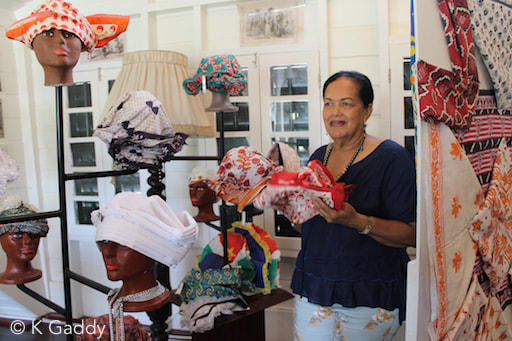
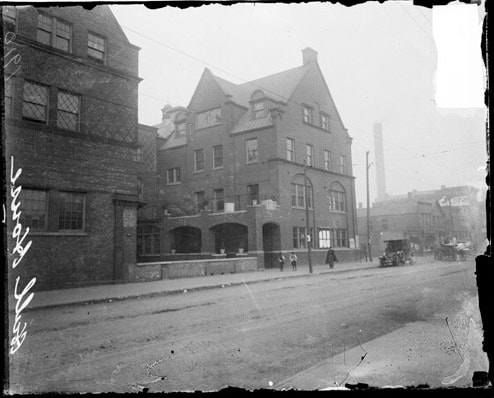
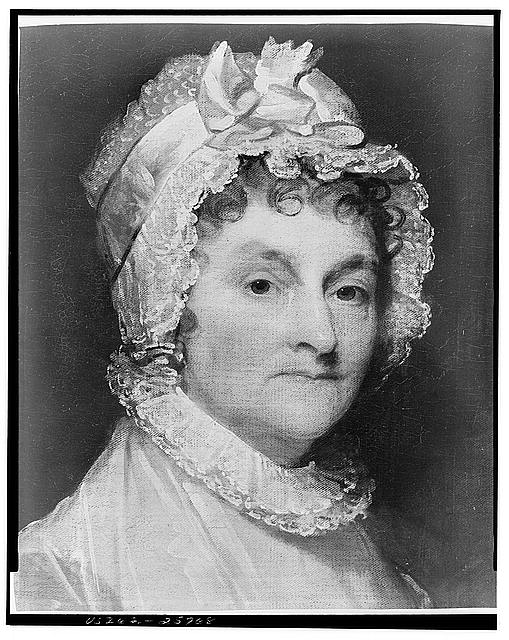
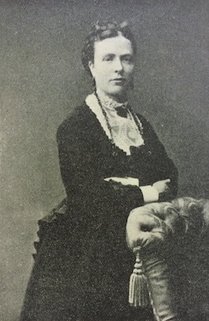

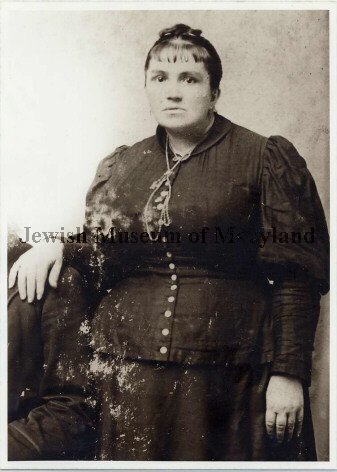
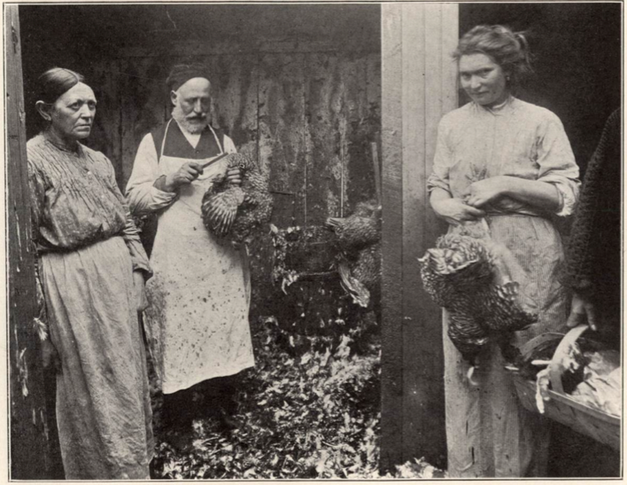

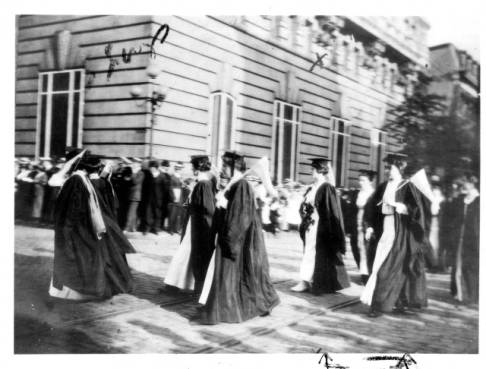
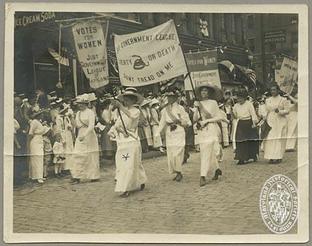
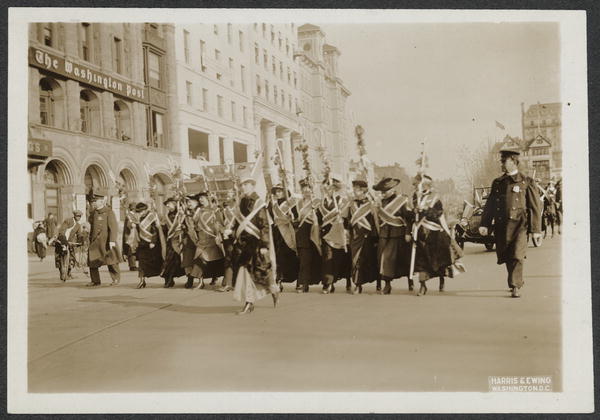

 RSS Feed
RSS Feed